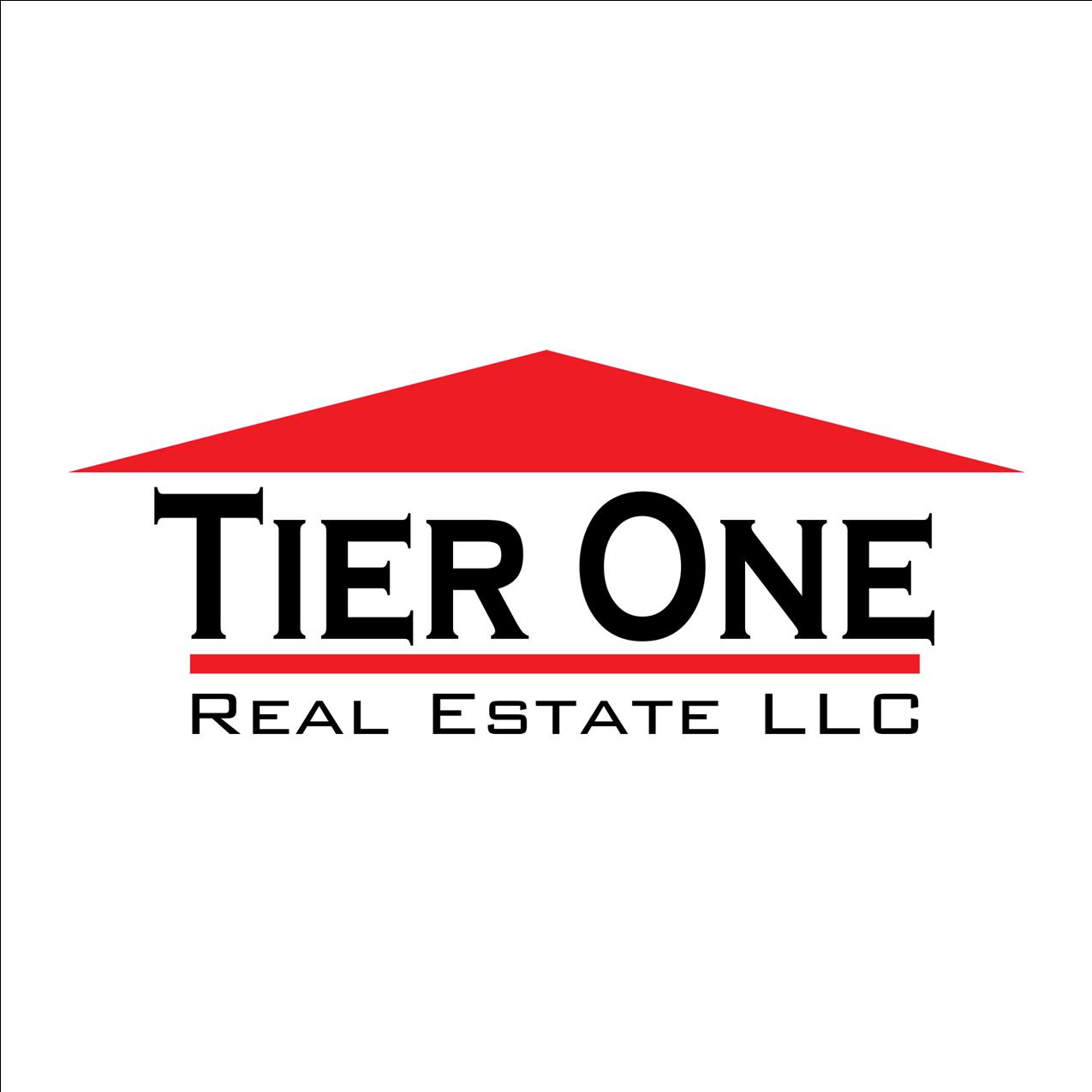If you’ve been investing in Salt Lake City real estate for any length of time, you’ve probably felt the sting of red tape. From permit delays to confusing zoning language, it has been a consistent challenge for developers, landlords, and property owners to navigate the system efficiently. But that might be changing.
In 2025, Utah lawmakers passed HB 368, and for real estate investors, it’s a breath of fresh air. This legislation is part of a growing effort to streamline land use laws and clear up the bureaucratic gridlock that has slowed projects across the state.
If you're wondering what HB 368, the newly passed Utah law, means for you, here's a breakdown of the benefits, areas that still need improvement, and how TierOne Real Estate can help you make the most of it.
So, What Exactly is HB 368?
HB 368 isn’t rewriting the rulebook. Instead, it’s fixing the parts of the game that didn’t make sense. Officially passed in the 2025 legislative session, the bill simplifies the process of submitting and reviewing construction plans. Rather than introducing new policies, it clarifies vague definitions and streamlines the permit process.
The goal is to cut red tape, not corners. HB 368 helps clarify land use regulations and forces consistency across various government departments and municipalities. That means fewer surprises, fewer back-and-forths, and faster timelines.
Key Benefits for Salt Lake City Investors
If you actively manage or develop property in the Salt Lake metro, HB 368, the newly passed Utah law, will allow you to invest more predictably and efficiently.
Faster Project Approvals
Let’s face it: time is money. Before HB 368, project approvals could take weeks or months. Based on data provided by the Utah League of Cities and Towns, we can say that the average wait time for a building permit in 2024 ranged from 45 to 90 days, depending on the project size and location.
HB 368 requires cities to adhere to clearer submission guidelines and reduces the redundant steps that have been holding up approvals. This could translate into savings on labor, holding costs, and opportunity costs for investors.
Clearer Zoning and Land Use Definitions
The new law helps clarify ambiguous terminology that’s long plagued land use codes. Terms like “multi-use,” “conversion,” or “density limits” now have more consistent definitions, which reduces headaches during planning reviews. If you've ever had a city planner tell you one thing, only to be told something else two weeks later, you’ll appreciate this change.
More Investment Flexibility
One of the most exciting shifts is the flexibility this law offers. Investors can more confidently explore creative strategies like:
- Short-term rentals
- Multifamily conversions
- Co-living spaces or adaptive reuse projects
As Utah continues to face a housing shortage, with the state projected to be 153,000 housing units short by 2030 according to a recent report from The Salt Lake Tribune, innovative housing solutions are in high demand. HB 368 supports those solutions by removing some of the friction that’s held them back.
But Don’t Toss Out Your Local Rulebook Just Yet
While HB 368, newly passed Utah laws, brings state-level clarity, it doesn’t override local control. Cities like Salt Lake still set their own rules regarding:
- Zoning ordinances
- Permit fee schedules
- Inspection requirements
What this means for investors is that HB 368 provides a framework, but each municipality may interpret it differently. For example, while the state may clarify density regulations, Salt Lake City could still enforce stricter policies in certain neighborhoods.
That’s where having a local expert like TierOne Real Estate in your corner makes a big difference.
Why This Law Matters in Salt Lake City
Salt Lake City has been growing fast, and the demand for housing has outpaced local government processes. According to the U.S. Census Bureau's QuickFacts, the estimated population of Salt Lake City as of July 1, 2023, was 209,593. This represents a 4.9% increase from the April 1, 2020, census count of 199,723.
With so many projects in the pipeline, the old system was becoming a bottleneck. HB 368 helps reduce that pressure by allowing developers to move more efficiently from idea to execution.
For local investors, this creates a better environment for:
- Multifamily development
- Short-term and mid-term rental expansion
- Renovation and conversion projects
What This Could Look Like for Investors
Let’s say you own a single-family home in the Liberty Wells neighborhood and want to convert it into a duplex. Under the old rules, you might’ve waited months for clarification on zoning or dealt with conflicting information from the city.
With HB 368, newly passed Utah laws, clearer zoning definitions mean faster answers and shorter wait times.
Or maybe you're an out-of-state investor looking to build a small apartment complex. Streamlined application processes and clearer review timelines help keep your project on schedule and on budget.
Even if you’re just starting out with short-term rentals, the new flexibility could make it easier to adapt your strategy without getting tangled in permitting confusion.
Remaining Challenges and Considerations
HB 368, a newly passed Utah law, is a step in the right direction, but it’s not a silver bullet. Investors still need to:
- Stay updated on local codes and changes
- Work closely with city planning departments
- Expect some variation in how cities implement the changes
Rapid growth brings competition. Just because the rules are clearer doesn’t mean the process is frictionless. Savvy investors will continue to plan ahead, thoroughly vet properties, and rely on local expertise.
Unlock Investment Potential with HB 368 Compliance Support
HB 368 is more than just a tweak to land use law — it's a signal that Utah is ready to support both seasoned and first-time real estate investors with clearer rules and faster approvals. But knowing how to take advantage of it is what sets successful investors apart.
If you're ready to make more innovative moves in Salt Lake City’s evolving real estate landscape, TierOne Real Estate is here to help you do it right.
We work closely with investors, landlords, and property owners throughout Salt Lake City. Our team understands the details of local permitting, zoning, and compliance and how these interact with new state laws like HB 368.
Here’s how we support you:
- Evaluate properties for zoning and redevelopment potential
- Navigate local permit processes and approvals
- Offer strategy guidance for short-term and long-term rental models
- Manage your properties with a focus on compliance and cash flow
Whether you’re new to the market or scaling up, we help you minimize delays and maximize returns. Reach out today for a strategic consultation and see how you can turn policy changes into investment wins.
FAQs
Does HB 368 modify financial guarantees required for infrastructure in new developments?
Yes, HB 368 allows builders to be released "system by system" from financial guarantees put up for necessary infrastructure. This means that as specific systems, such as roads or utilities, are completed and approved, the corresponding financial guarantees can be released, freeing up funds for other projects.
Are there concerns about HB 368's impact on environmental and community considerations?
Some local officials have expressed concerns that the expedited processes introduced by HB 368 may overlook critical environmental and community considerations, potentially leading to overdevelopment in sensitive areas. Debates have emerged over balancing economic development with the preservation of Utah's diverse landscapes.
Are public hearings still required for appeals and variances under HB 368?
No, under HB 368, cities are not allowed to hold public hearings for appeals of land use decisions or applications for variances. This change is intended to expedite the approval process by removing certain procedural requirements.
Related Articles
House Bills Passed in Utah for 2025: Key Changes Landlords Must Know
Salt Lake City’s rental market among nation’s best for investors



